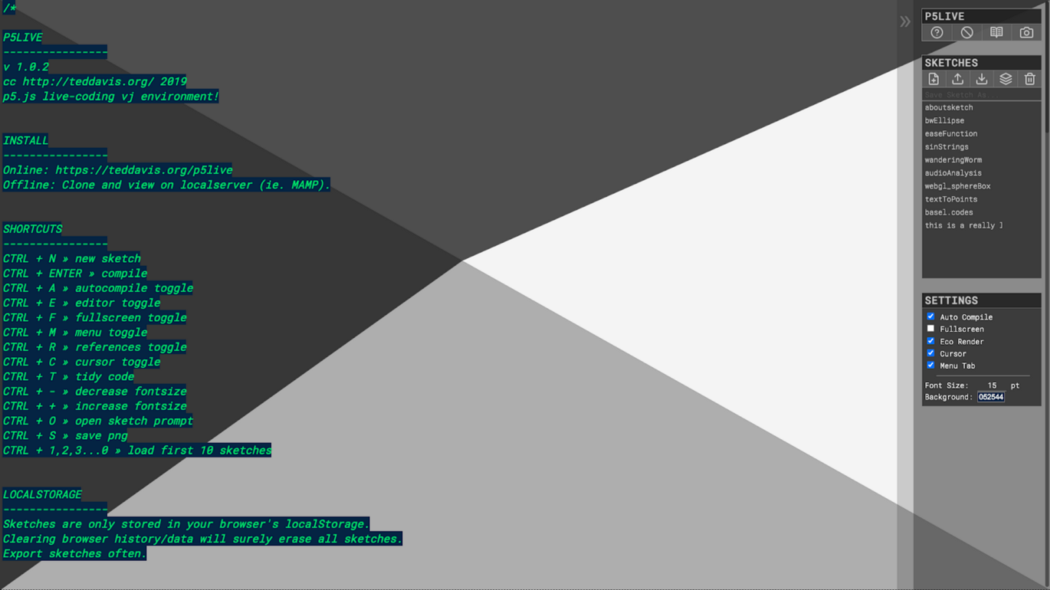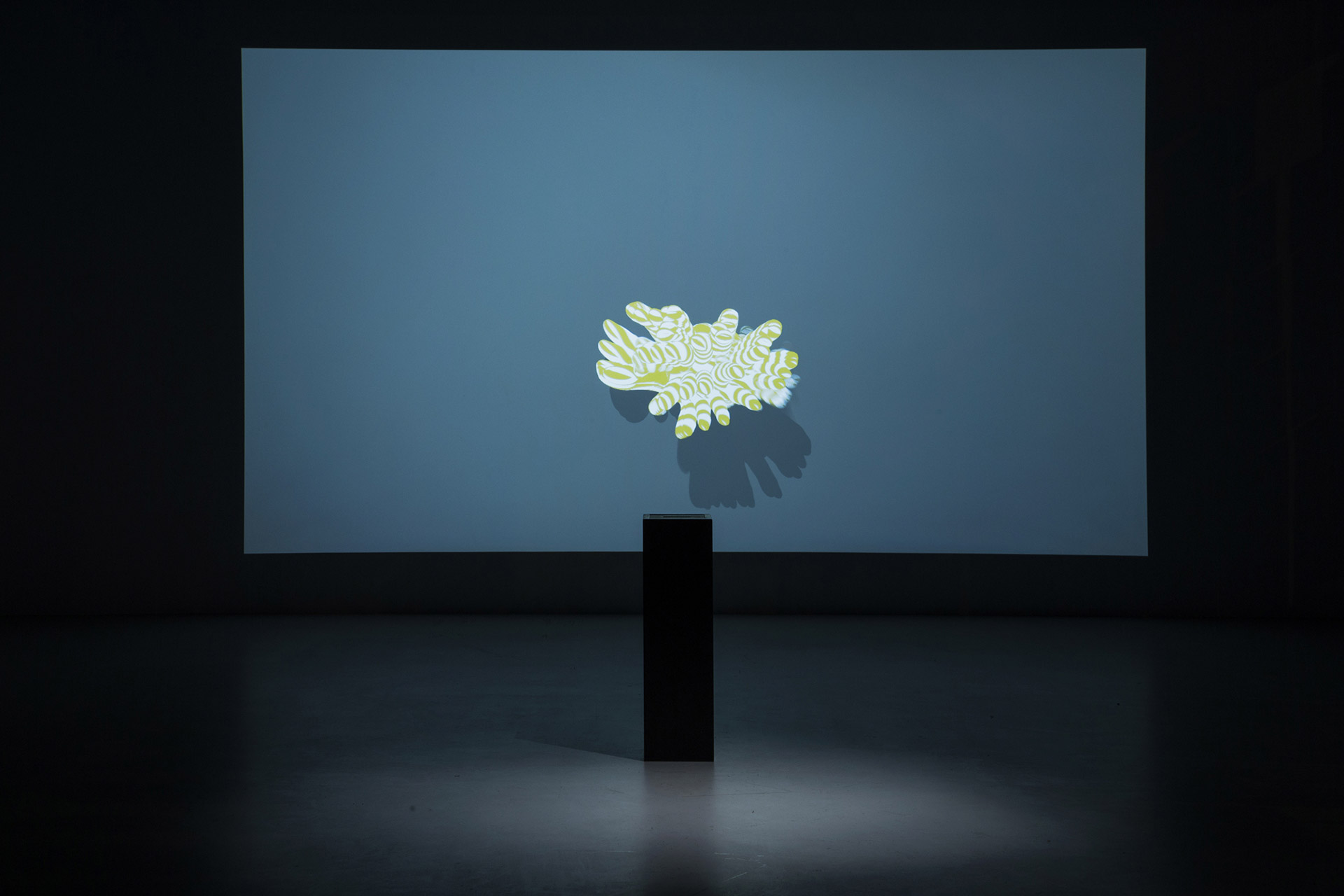Everything can be used as an art material, as many contemporary artists are looking for new materials beyond what is regarded as a traditional art medium such as paint, wood, metal, plaster and etc. With the emergence of different forms of digital media, artists and designers have actively explored, used, and adopted digital media into their work. Coming along with digital technology development, this relationship between art and technology has been shaped and reshaped by both artists and technicians.
Creative Coding
Creative coding usually refers to the methodology of using computers and their embedded code system as an artistic tool. This term encompasses any kind of artwork created with, by, or/and as coding. The way of using creative coding as an art material is diverse and broad. Creative coding is often used for auto-generating images, as well as for creating websites or interactive platforms. Also, Creative coding is often used for an interactive installation in physical space as well.
Although there are so many creative coding works worthy to look up and discuss, Here, in the blog, I will focus more on the way that artists/ designers use coding on digital media platforms.
How do artists use creative coding in their artwork?

“I create artwork with code, and focus on building experimental drawing and animation tools. I make interactive environments that invite participants to become performers. My main focus is how computation can be used as medium for poetry.“
Zach Lieberman
The first work that I want to introduce is the Land Lines created by Zach Lieberman & Data Arts Team with Google Earth. This work is published in the form of a website. In this project, when you draw the line on the web page, it shows the landscape which is matching the most dominant line that you draw. Here, coding was used for setting the data analysis of landscape images and used for creating algorithms to identify the line that people draw. By doing so, this work is working based on the user’s interactivity. Through this project, he attempted to foster poetic experience in digital media for users/audiences as they are playing around with his artwork.
Interactive artwork describes art that relies on the participation of a spectator.
Tate modern
While the artwork Land Lines shows how artist use coding to create interactive artwork, coding is also used to make new design tools. For graphic designers, the tool that they use, sometimes, can establish limits of what graphic designers can do. In that sense, using creative coding is one of the ways to work freely from pre-setting and ways to allow designers to experiment.

Designer Ted Davis created P5live which is the open source tool for live time visual performance. Live time visual performance usually requires the artist to write code in time as the performance/ or music is going on, which is called live coding. P5live is based on the already existing coding program called p5js. However, by modifying some elements of the tool, he creates a new tool that is easier to operate for live coding. For instance, while the p5js doesn’t show the result of coding until before you finish all the codes and click the publish button, the p5live immediately shows the result of coding as people are writing.
According to him, p5live is both his tool and artwork. That means to say, by intervening already existing platform, he created a tool that he use for his live-coding performance, and also at the same time, made the new tool to be his artwork by designing the tool’s user interface.
How creative coding do reach out to audiences?
Creative coding work on digital media is usually exhibited online, which makes anyone can access those works anytime and anywhere. Due to the feature of online platforms that people use their own devices to access their works, it can create more private and intimate feelings toward work. Users can create one’s own experience with the artwork without having any intervention.
Also, besides publishing their work online, often artists share the code that they used/created with the public in order to share their knowledge and their way of working. The two artists that I mentioned above in this writing also opened their code to the public for free as an open source. Through the shared codes, people can understand the mechanical part of the work and get encouraged to modify it. This is the new way of enjoying artwork that has occurred recently, coming along with coding artworks.
Apart from what I mentioned, there have been some attempts to exhibit coding-involved works, especially those uploaded on digital media, in the physical space such as MuDA Zurich and Dutch Digital Art Museum Almere. It has been a challenge for many museum and gallery curators since digital work and coding work is a relatively new way of making art and many museums are not familiar with curating those.

With technological development, the way of using coding as an artistic method has constantly been explored more and more. With many artistic experiments with coding, how we perceive artwork also has changed. Now we can access that artwork on our own devices, and even often we can access the code that the artist used.
This ‘new’ way of enjoying artwork pushes museums and art galleries to consider how to host this ‘new’ artwork in their space, as well as it shaped the perception of what is art and how we enjoy the artwork.


1 Response
[…] Wait! If you want to know more about art works rleating to Digital media, here is the link for more infos. 1. Digital & Media Art 2. 3. Creative Coding as an artistic practice for artists and designers […]